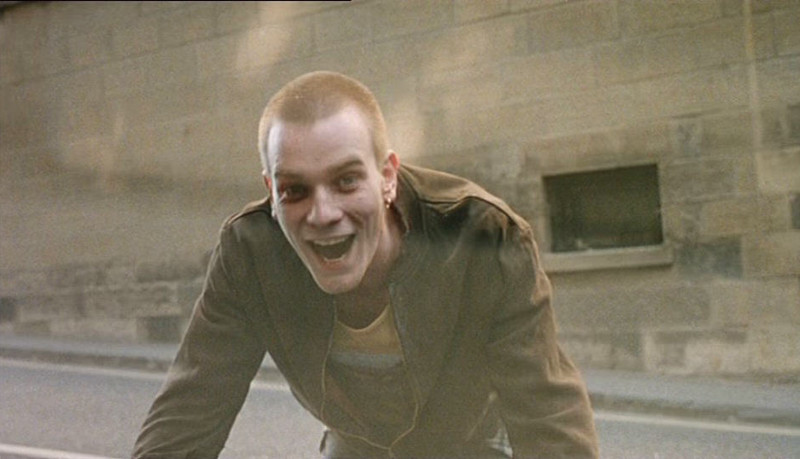
To try and condense the rich and vibrant history of punk rock that has now spanned over five decades into a few paragraphs would prove to be a difficult task. That being said, a long way away from the sentimentality of early 1970’s rock music, punk music dissociated itself from everything that had come before.
Dating back to the mid 1970’s, it was started on either side of the pond at around the same time, in The United Kingdom it was founded by pioneers such as, Sex Pistols, The Clash and The Damned, whilst The Ramones and The Stooges were the equally impressive front runners in the United States.
Punk music has always been a rebellious music genre that unconditionally supported insubordinate freedom and unique expressive style through its inimitable dress code and outrageous haircuts, whilst frequently championing anti-establishment beliefs. In the early years between the 1970’s and 1980’s, the punk scene heavily thrived, utilising short, fast paced, energetic tracks with stripped back guitar riffs and hard lyrics of defiance, freedom, anarchism, angst and aggression.
As the genre progressed into the late 1980’s and on into the 90’s, it began to branch out into a number of sub-genres that held onto the same ethics and beliefs, but made way for experimentation and distinctive segregation.
Whilst bands such as Rancid, The Runaways, The Dead Kennedys, and The Vandals stayed faithful to the typical style of traditional Punk, it was bands such as Black Flag that took a much more aggressive approach, leading to the forming of the hardcore sub-genre, and bands such as Joy Division procured a much more moody, gothic approach, formulating the post-punk movement.
From this point, further branching over the years incurred as more upbeat, melodic sub genres appeared in the form of skate punk, pop punk, post-hardcore, garage punk and ska punk.
Due to its contrasting styles and widespan of subgenres, there has always been a home in cinema for the interest of punk music, spawning a number of genre specific independent films that capture the spirit of the scene, such as “Repo Man”, “SLC Punk!” and “Sid & Nancy”.
Whilst the music itself is not unknown to turn up across a wide variety of cinema, repeatedly as a decidedly contrasting opposite in a divergent scene of rebellion, it is implemented more habitually as a way of setting a piece’s feeling of bold disobedience or a character’s mannerisms of unconventional opinions or life choices. In a celebration of the punk genre, all it stands for as well as the films that showcase its extensive and original styles and culture, here are the fifteen best uses of punk music in films.
15. SLC Punk! (1998)
Song: Fear – I Love Livin’ in the City
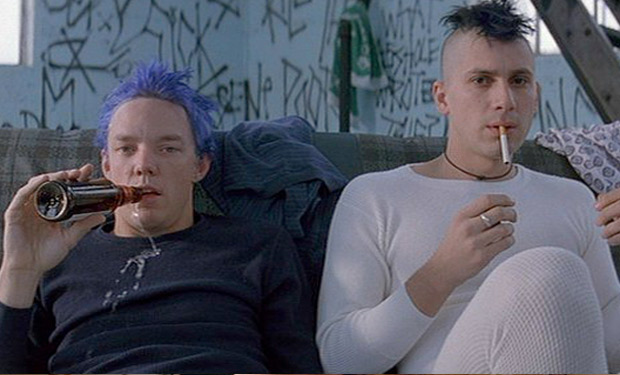
“SLC Punk!” indisputably marks the inconsistent actor Matthew Lillard’s most charismatic performance to date, as he dominates the entire film as punk Stevo, effortlessly managing to walk the fine line between obnoxious teenager and likeable hero on a quest to put his life in order.
Lillard’s blue haired, fourth wall breaking Stevo and his best friend Heroine Bob claim to be the only two genuine punks remaining in Salt Lake City, as they narrate their way through the piece, communicating with the camera at all times. Its soundtrack is flooded with genre specific tracks by The Stooges, The Exploited, The Specials, Fear, Ramones, 8 Bucks Experiment, The Vandals, Minor Threat and The Dead Kennedys.
It often serves as a 101 lesson in the etiquettes and traditions of the punk lifestyle, “SLC Punk!” is categorically a great place to start as an introduction into the distinctive scene, as Lillard’s protagonist describes everything from the dress code, beliefs, parties, fights, and most importantly, its origins, stating that punk started on either side of the Atlantic, and referencing both The Ramones and The Sex Pistols as the genre’s main pioneers.
From this point, Stevo proceeds to talk about the swarms of apparent ‘posers’ in Salt Lake City, referencing their constant quoting of The Sex Pistols signature track “Anarchy in the UK” being a fundamentally incorrect term as a punk in The United States. The whole hyperactive barrage of insinuations and abuse is aggressively explained, underscored by none other than Fear’s crisp LA sounding, feel good hit, “I Love Livin’ in the City”.
14. Ten Thousand Saints (2015)
Song: The Replacements – Sixteen Blue

An adapted screenplay of Greek author Eleanor Henderson’s 2011 novel of the same name, “Ten Thousand Saints” was directed by New York born Shari Springer Barman. The story, set in 1988, follows Asa Butterfield’s Jude who moves from his home in Vermont, following the death of his best friend Teddy, to live with his adopted father Les (portrayed by Ethan Hawke) in East Village, Manhattan.
This leads to him finding a place to fit in amongst new friends and a new scene, including the daughter of his father’s partner, Hailee Steinfeld, best known for her compelling performance in “True Grit” and Emile Hirsch as his late best friend’s half-brother.
The group in which he fits into believe in the straight-edge lifestyle, a subculture of the hardcore punk movement that took hold in the early 1980’s. Sometimes abbreviated to ‘sXe’ or signified with an ‘X’, its enthusiasts are generally against the use of alcohol, tobacco or recreational drugs, and can quite often include refraining from sexual activity, legal drugs as well as being vegan. The term’s origins date back to the hardcore punk band Minor Threat’s 1981 track “Straight Edge”.
Due to the film’s themes and setting, music is clearly very central to the storytelling, and therefore it has a suitably time and theme appropriate soundtrack, including tracks from Black Flag, The Cure, The Feelies, The Stone Roses, R.E.M, as well as tracks by the fictional straight edge punk band Army of One, fronted by Emile Hirsch’s Johnny, who serves as the gateway for Jude and Steinfeld’s Eliza to access the New York based scene.
However, its best use of music comes before Jude’s eventual rebirth on the straight edge movement, in a beautifully executed scene early in the film, in which we see Asa Butterfield and best friend Teddy, depicted by Avan Jogia, as they skateboard around the streets of Vermont.
Eventually, the pair isolate themselves to a secluded area to sniff paint thinner through a pair of pants that they find. Despite its obvious dark message and dubious acts, it is a visually stunning moment, topped off by being set to the tune of The Replacements harmonious post-punk anthem “Sixteen Blue”, a truly mesmerising piece of cinema.
13. Clerks (1994)
Song: Supernova – Chewbacca
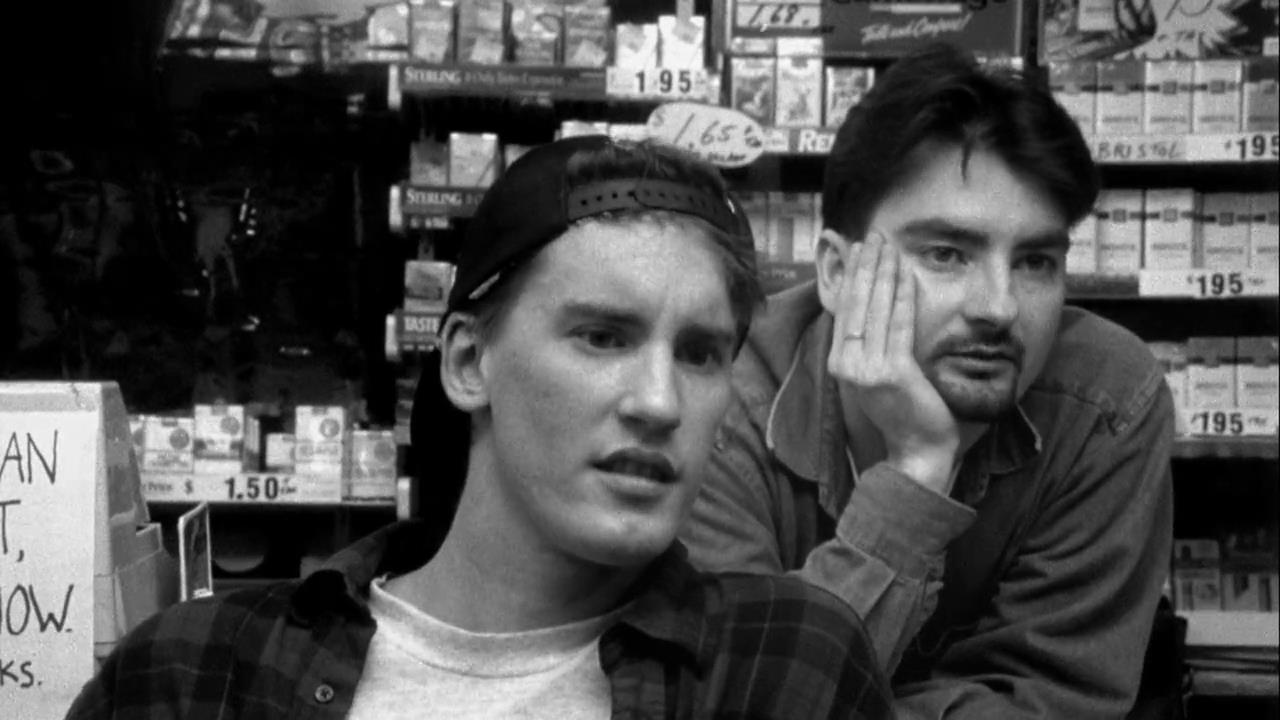
The most impressive thing achieved by cult director Kevin Smith in his adored debut feature “Clerks” was how he audaciously took two nondescript slackers that were struggling through life with a lack of motivation or maturity, situated them in an assumedly uninteresting setting and still managed to create a highly captivating film predominantly by just watching them talk to each other.
Its success was fundamentally created through its cast’s flawless chemistry and its use of back and forth fluent conversation revolving around things that all audiences discuss on a day to day basis, most notably, pop culture.
It doesn’t matter if you loved or hated Star Wars, what’s important is that everyone has an opinion on it. Cinephiles as well as part time movie fans across the globe have constantly debated which is the finest entry, its characters, its locations, its scenarios, its plot holes and its ever expanding lore, and this is where the triumph truly lies in “Clerks”, as it spends considerable sections of the film watching its two leads Randall and Dante discuss these very simple but very relatable topics.
At the heart of one of these conversations is a hilarious in depth discussion revolving around the illusive contractors brought in to undertake the rebuilding of The Death Star following its initial destruction at the hands of the rebels, and whether or not they are equally accountable and in turn just as guilty as the Imperial forces controlling it, questioning whether they deserved to be blown up with the battle stations operatives.
Highlighting not only “Clerks” filmmaker’s inspiring obsession with the science fiction franchise, but the whole world’s, this compelling back and forth between the pair is aptly soundtracked by California pop punk band Supernova’s bizarre 75 second song “Chewbacca” which primarily consists of screaming the title of the track and making Wookie noises.
A perfect fit for the scene, Supernova indicate just how passionate people can be about a trilogy of films, resulting in them sculpting their own art around the space saga.
12. Goodfellas (1990)
Song: Sid Vicious – My Way (Frank Sinatra Cover)
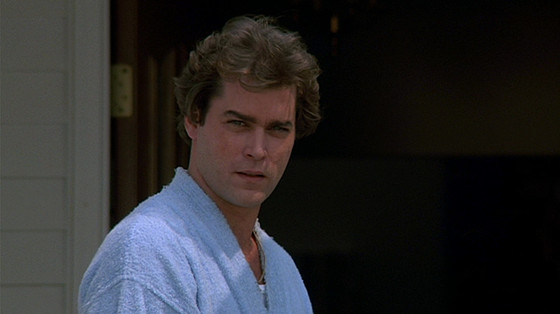
Whilst Martin Scorsese’s musical heart generally lies in Motown, pop and classic rock, he isn’t afraid to sway towards harder hitting genres if it fits the tone, most notably, the occasional punk rock record, previously using Bad Brain’s repugnant track “Pay to cum” in 1985’s “After Hours”, and later going on to use The Dropkick Murphy’s in “The Departed”, this time, using former Sex Pistol’s member Sid Vicious’ obnoxious, nihilistic cover of Frank Sinatra’s “My Way” to depict Ray Liotta’s character Henry Hill’s descent from power and glory into leading a sheltered, ordinary life as a police informant.
Whilst Frank Sinatra was commonly linked with organised crime throughout his life, he belligerently blocked attempts by Scorsese to use his version of the signature song in “Goodfellas” in an attempt to stop any further association with the Mafia. Leading to the director in a punk rock-esque act of defiance to shrewdly utilise Vicious’ daring version of the song instead.
In turn, forming a sly connection between the film’s lead Henry Hill and the singer Frank Sinatra himself, as whilst the pair would both consider themselves to be sophisticated gentleman, it could be suggested that their true nature would be that of a young thug in an expensive suit.
11. Repo Man (1984)
Song: Circle Jerks – Coup D’état
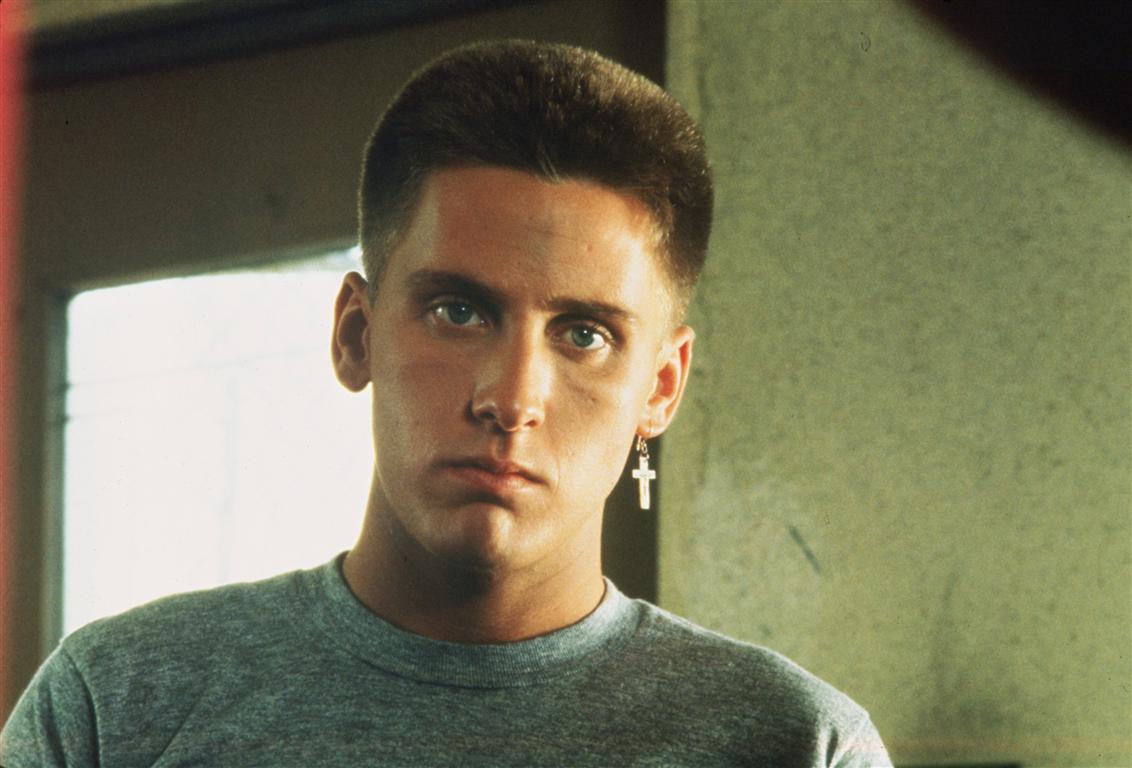
Director and screenwriter Alex Cox’s 1984’s cult sci-fi comedy “Repo Man” stands as a prodigious taster film to anyone wanting a quick and gritty introduction into the cinematic features that are heavily influenced by the LA punk scene of the decade. Following Emilio Estevez’s young punk Otto as he stumbles into the vividly bizarre world of being a Repo Man after stealing a car, it flawlessly captures the essence of the scene. “Repo Man” is untamed, unrelenting and entirely unhinged.
Originally appearing on The Circle Jerks 1983 album “Golden Shower of Hits”, “Coup D’état” is utilised to energise a mosh pit that takes place outside a party at Kevin’s house. The character was of course portrayed by musician Zander Schloss, who was a member of the funk band Juicy Bananas, who also featured on the “Repo Man” soundtrack, in turn, he later went on to become the bassist for The Circle Jerks the following year.
The appropriate French phrase in which “Coup D’état” takes its name dates back to 1640, meaning to illegally or forcefully overthrow or seize a state, a fundamental anti-government expression to suddenly change to position of a country, applicably scoring the introduction of Duke, portrayed by Dick Rude, a previously convicted suburban punk who is fresh out of prison and as stated by the man himself, ready to do some crimes. An uproarious and noisy hardcore track that strikingly renders the uplift in energy and aggression that the genre underwent in the 1980’s.
The rest of its suitably angst-filled, sun-soaked LA based soundtrack that compiles the likes of Black Flag with their flagship track “TV Party”, Suicidal Tendencies revolutionary stop-start spoken word anthem “Institutionalised”, as well as The Plugz, Fear and finally topped off with the titular track “Repo Man” by former Stooges frontman, the endlessly talented and extraordinary Iggy Pop.